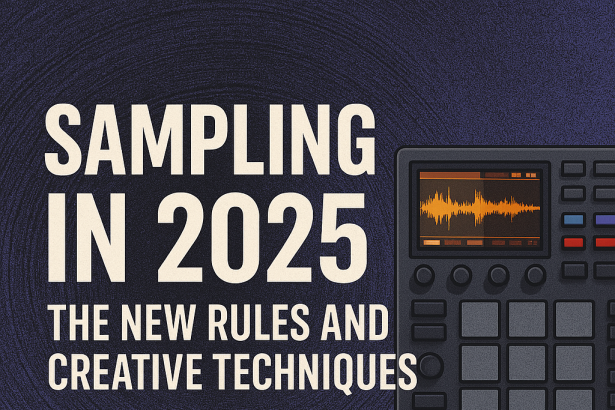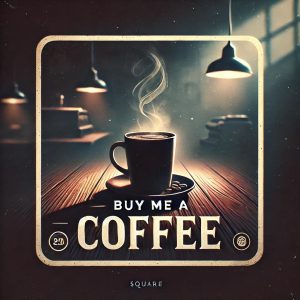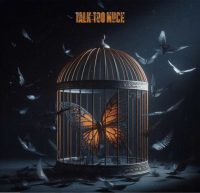Introduction
Sampling has always been at the heart of beatmaking. From the dusty vinyl chops of J Dilla to the futuristic flips of Kaytranada, sampling remains one of the most expressive tools in music production. But in 2025, the landscape has shifted—legally and creatively. New laws, AI detection, and licensing platforms have changed the game. So how do today’s beatmakers stay fresh, stay clear, and stay ahead? Let’s explore the new rules and techniques behind the art of sampling in 2025.
Understand the Legal Landscape First
In 2025, AI-powered content ID systems are smarter than ever, detecting even heavily modified samples across platforms like YouTube, Spotify, and TikTok. Sampling without clearance can instantly lead to demonetization or takedowns.
To stay safe while sampling:
Use licensed platforms like Tracklib, which offer pre-cleared music from official catalogs.
Flip public domain records or create your own sounds and resample them for complete originality.
If you’re using a copyrighted piece, either clear the sample or use it privately (for demos or non-commercial purposes only).
Creative Chops: Making Samples Your Own
Sampling isn’t about copying—it’s about transforming. In 2025, the key to great sampling is how you flip the original source. Here are techniques that push creativity forward:
Time-Stretching with Purpose
Modern DAWs like Ableton Live or FL Studio have advanced warp engines. Stretch vocals into pads, turn a piano into a rhythm, or freeze textures to use them as sound beds.
Pitch Manipulation and Formant Shifting
Don’t just pitch up or down—change the formant for unexpected tone shifts. Plugins like Little AlterBoy or RePitch let you mold voices into alien textures or soulful hooks.
Micro-Sampling and Slice Rearrangement
Take one bar and cut it into 32 pieces. Then rearrange them into an entirely new melody or rhythm. Tools like Serato Sample or Ableton’s Slice to MIDI make this intuitive and powerful.
Reverse, Resample, Re-layer
Sample once. Flip it. Resample that. Add noise. Then reverse it. Repeat. The best flips often go through multiple rounds of transformation before they feel “yours.”
AI Resynthesis and Texture Extraction
In 2025, plugins like Zynaptiq Morph or Spectralayers allow you to isolate, reshape, and combine elements like never before. Turn a jazz sax into a pad. Morph vocals into a bassline. It’s not sampling—it’s sculpting.
The Ethics of Sampling: Keep It Real
Beyond legality, there’s the question of ethics. Credit your inspirations. Respect cultures and communities. If you’re sampling traditional or ethnic music, dig deeper—understand the roots. Sampling is storytelling, and with every flip, you’re adding your chapter.
Conclusion
Sampling in 2025 isn’t just about digging crates or dragging loops into a DAW. It’s a balance between legality, creativity, and innovation. With new tools and tighter rules, beatmakers who succeed are those who flip smart, flip deep, and flip with purpose. Make it unrecognizable. Make it yours. But most of all—make it art.
![]()














